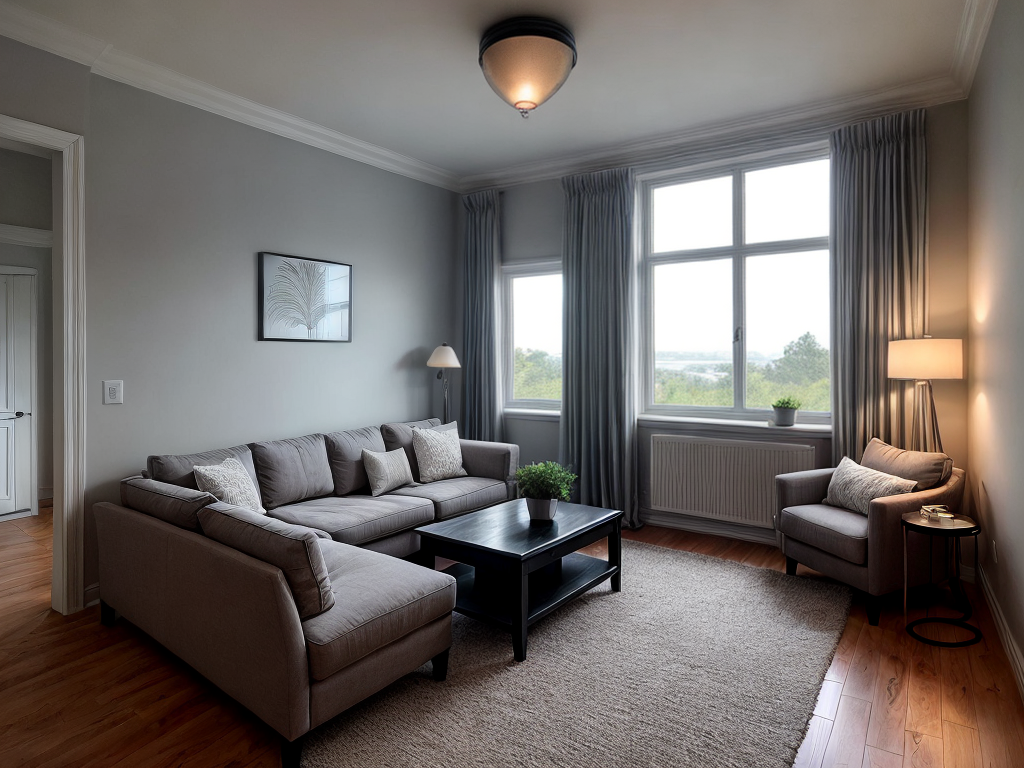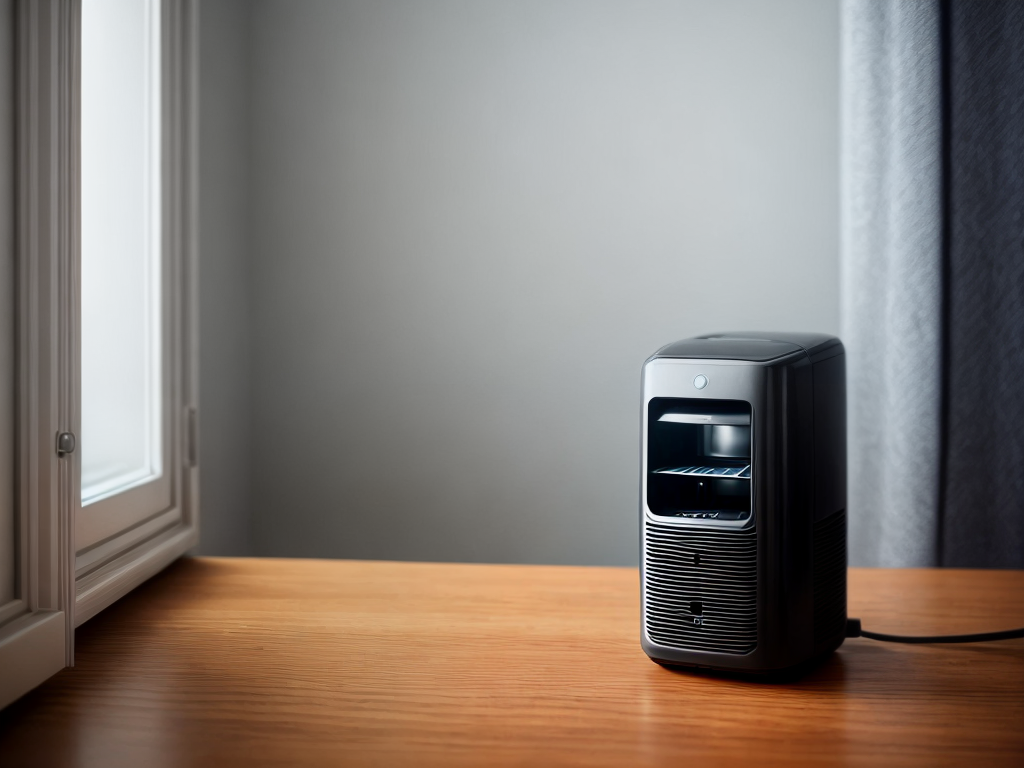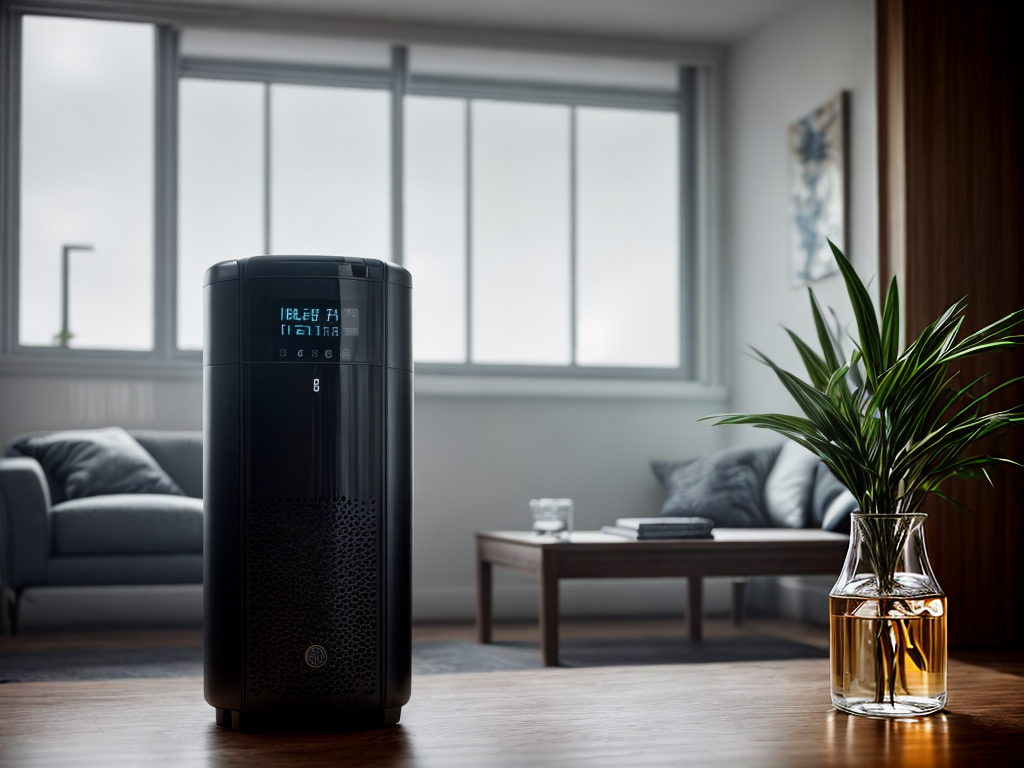
Have you ever wondered if there is a way to solve the persistent humidity issues in your home? As an expert in the field, I have explored various theories and solutions to combat this common problem. From understanding the causes of humidity to implementing effective ventilation techniques, there are practical tips and solutions that can help you achieve optimal humidity levels in your living space. But what if there was a simple and efficient way to control humidity without the need for complex systems? In this discussion, we will delve into expert tips and solutions that can provide relief from humidity issues and create a more comfortable living environment.
Understanding the Causes of Humidity
What causes humidity? Humidity is caused by the presence of moisture in the air. It occurs when water evaporates from bodies of water such as oceans, rivers, and lakes, or when moisture from plants and trees is released into the atmosphere through a process called transpiration. Additionally, human activities such as cooking, showering, and even breathing can contribute to the humidity levels indoors.
Understanding the causes of humidity is crucial because it can have a significant impact on our health and well-being. High humidity levels can create an environment that is conducive to the growth of mold, mildew, and dust mites, which can trigger allergies and respiratory issues. It can also make us feel uncomfortable and sweaty, leading to dehydration and fatigue.
Moreover, excessive humidity can have a detrimental effect on our homes. It can cause structural damage, including peeling wallpaper, warped wood, and mold growth on walls and ceilings. It can also damage electronic devices and furniture, as moisture can seep into their components and upholstery.
To maintain a healthy and comfortable indoor environment, it is essential to control humidity levels. This can be achieved by using dehumidifiers or air conditioners, ensuring proper ventilation, and fixing any leaks or plumbing issues. Regular monitoring and maintenance are crucial in preventing the dangers of high humidity and protecting our health and property.
Effective Ventilation Techniques
One effective way to control humidity levels indoors is by implementing proper ventilation techniques. Maintaining good air circulation is crucial in managing humidity, as it helps to remove excess moisture from the air. Adequate ventilation allows for the exchange of stale, humid air with fresh, dry air, creating a healthier and more comfortable living environment.
The importance of air circulation cannot be overstated when it comes to managing humidity. By allowing air to flow freely throughout the space, moisture is less likely to accumulate and cause problems such as mold and mildew growth. Proper ventilation also helps to prevent condensation, which can lead to water damage and structural issues.
One of the benefits of natural ventilation is that it utilizes the natural movement of air to regulate humidity levels. Opening windows and doors, as well as using exhaust fans, can help to bring in fresh air and expel humid air. This not only helps to control humidity, but also improves indoor air quality by removing pollutants and odors.
In addition to natural ventilation, mechanical ventilation systems can also be installed to effectively manage humidity. These systems use fans and ducts to circulate air and remove excess moisture. They can be particularly useful in areas where natural ventilation is limited or not possible.
Controlling Humidity With Dehumidifiers
To effectively control humidity levels indoors, utilizing dehumidifiers is a practical solution. When it comes to managing humidity, energy efficient dehumidifiers offer numerous benefits. These devices remove excess moisture from the air, creating a more comfortable and healthier living environment.
One of the primary benefits of using dehumidifiers is that they help prevent the growth of mold and mildew. Excess humidity can create the perfect breeding ground for these harmful fungi, which can cause allergies, respiratory issues, and damage to your property. By reducing humidity levels, dehumidifiers inhibit the growth and spread of mold and mildew.
Another advantage of energy efficient dehumidifiers is improved air quality. Excessive humidity can contribute to the accumulation of dust mites, allergens, and other airborne particles. These pollutants can trigger allergies and respiratory problems, especially for those with pre-existing conditions. By removing excess moisture from the air, dehumidifiers help purify the indoor environment, promoting better air quality and reducing the risk of respiratory issues.
Furthermore, dehumidifiers can help protect your belongings. High humidity levels can lead to the deterioration of furniture, clothing, electronics, and other valuable items. By maintaining optimal humidity levels, dehumidifiers help preserve your possessions, prolonging their lifespan.
Tips for Maintaining Optimal Humidity Levels
Maintaining optimal humidity levels is essential for creating a comfortable and healthy indoor environment. As someone who desires control over their living space, you’ll want to ensure that your humidity levels are just right. One of the first steps in maintaining optimal humidity is by regularly monitoring the levels in your home. Investing in a humidity level monitoring device will allow you to keep track of the humidity and make necessary adjustments accordingly.
In addition to monitoring, there are natural ways to regulate humidity in your home. One effective method is by using houseplants. Certain plants, such as peace lilies and Boston ferns, can help to naturally increase humidity levels by releasing moisture through their leaves. Another way to regulate humidity is by using a humidifier or dehumidifier, depending on your needs. A humidifier adds moisture to the air, while a dehumidifier removes excess moisture.
Furthermore, proper ventilation is crucial for maintaining optimal humidity levels. Opening windows and using exhaust fans in areas prone to moisture, like the bathroom and kitchen, can help to reduce humidity levels. Additionally, fixing any leaks or water damage promptly can prevent moisture buildup and keep humidity in check.
Preventing and Treating Mold and Mildew Growth
In order to prevent and treat mold and mildew growth, it’s important to address any excess moisture in your home. One of the key ways to prevent moisture buildup is by ensuring proper ventilation throughout your living space. This can be achieved by using exhaust fans in areas prone to moisture, such as the bathroom and kitchen. Additionally, keeping windows open and using dehumidifiers can help remove dampness from the air.
Another effective method for preventing moisture is to regularly inspect and repair any leaks in your home. This includes checking for leaks in pipes, roofs, and windows. By fixing these leaks promptly, you can prevent water from accumulating and creating a breeding ground for mold and mildew.
Furthermore, it’s crucial to maintain a consistent indoor temperature. Fluctuations in temperature can cause condensation, which can lead to moisture buildup. Using a programmable thermostat can help regulate the temperature and prevent excess moisture.
To treat existing mold and mildew growth, it’s essential to remove the dampness that is promoting their growth. This can be done by thoroughly drying affected areas and using mold-killing solutions. It’s important to wear protective gear, such as gloves and masks, when dealing with mold and mildew to prevent any health risks.
By following these preventative measures and taking prompt action to remove dampness, you can effectively prevent and treat mold and mildew growth in your home.
| Preventing Moisture | Removing Dampness |
|---|---|
| Ensure proper ventilation | Thoroughly dry affected areas |
| Fix leaks promptly | Use mold-killing solutions |
| Maintain consistent indoor temperature | Wear protective gear when dealing with mold and mildew |








